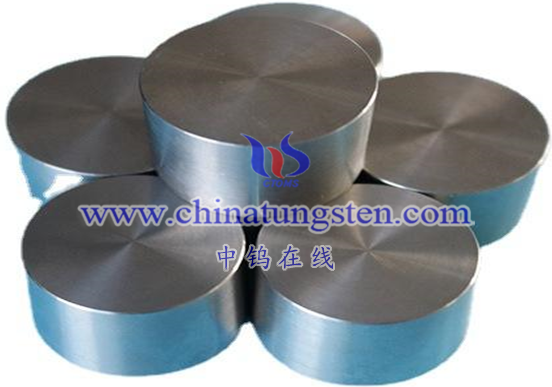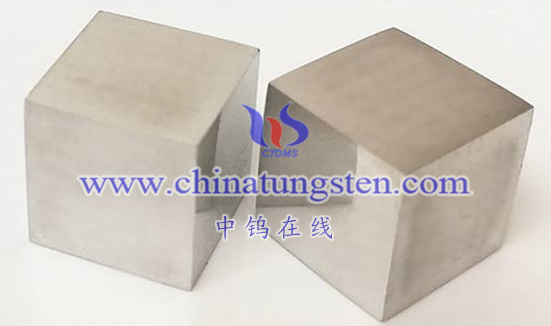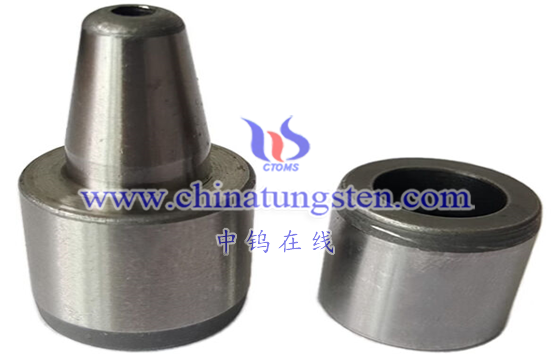
There are some differences between tungsten-molybdenum-nickel-iron alloy and tungsten-molybdenum-copper alloy in terms of composition, properties and applications.
First of all, from the composition point of view, tungsten-molybdenum-nickel-iron alloy is mainly composed of elements such as tungsten, molybdenum, nickel and iron, while tungsten-molybdenum-copper alloy is composed of elements such as tungsten, molybdenum and copper. This compositional difference results in differences in properties between the two alloys.
It is widely used in die-casting molds, hot forging valves, hot riveting bearing materials and other fields. Tungsten-molybdenum-copper alloy is widely used in electronics, electrical, metallurgy, aviation, aerospace and other fields due to its high strength, high hardness, good electrical conductivity and thermal conductivity.
In addition, in terms of processing performance, tungsten-molybdenum-copper alloy has good processing performance and can be processed into complex shapes and structures, while the processing performance of tungsten-molybdenum-nickel-iron alloy may be relatively poor.
Finally, it should be noted that there may be some overlap in specific applications between tungsten-molybdenum-nickel-iron alloy and tungsten-molybdenum-copper alloy, but it is very important to choose the appropriate alloy material based on specific usage needs and performance requirements.
In summary, there are obvious differences between tungsten-molybdenum-nickel-iron alloy and tungsten-molybdenum-copper alloy in terms of composition, performance and application, and they need to be selected according to specific usage scenarios and needs.
More details of tungsten alloy product, please visit website: http://tungsten-alloy.com/
Please contact CHINATUNGSTEN for inquiry and order of tungsten alloy:
Email: sales@chinatungsten.com
Tel.: 86 592 5129595








